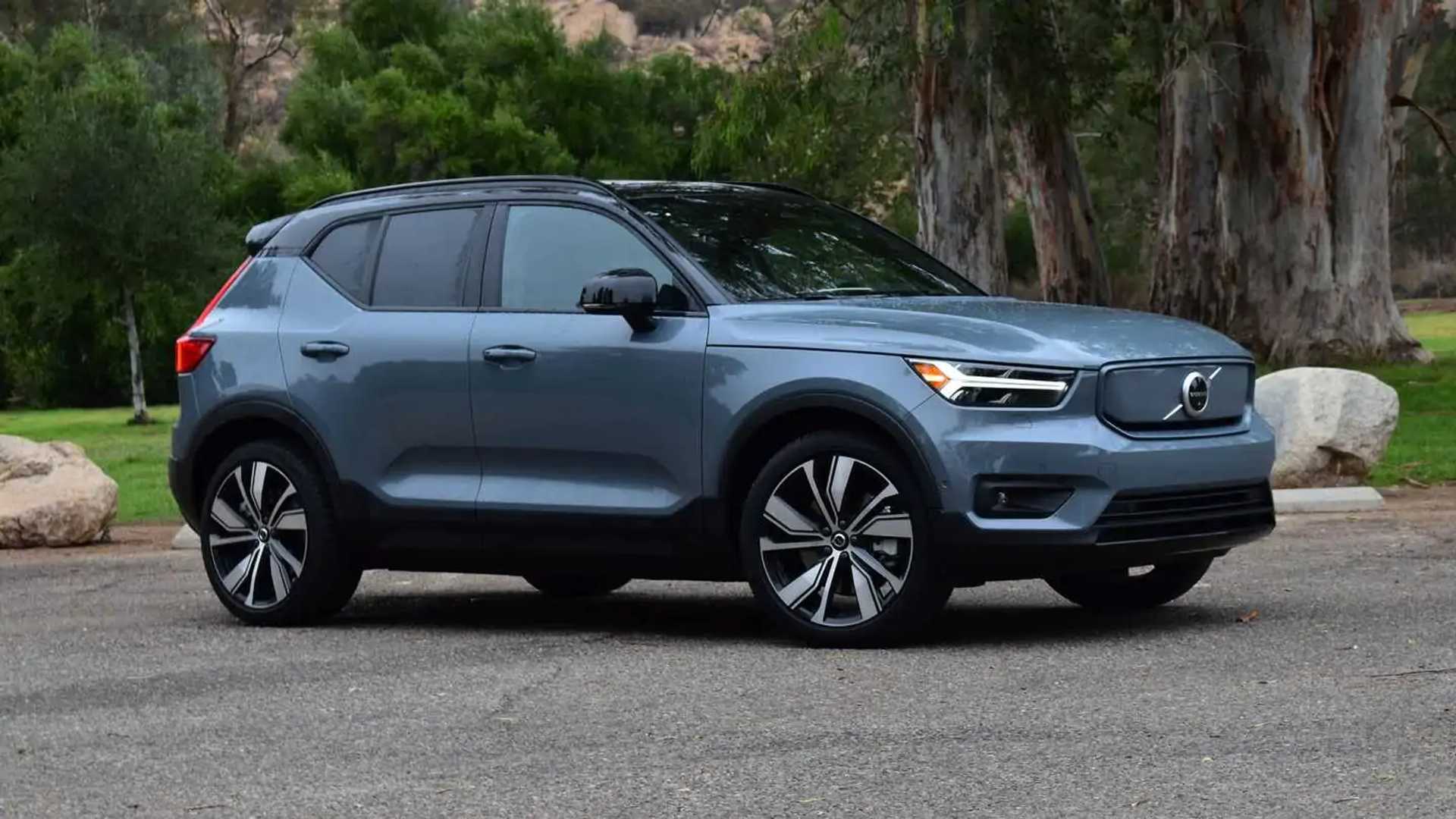As electric vehicles (EVs) gain momentum in the automotive market, consumers are increasingly prioritizing safety alongside innovation and sustainability. With advanced technology, modern EVs are often marketed as safer alternatives to traditional combustion-engine vehicles.
However, safety performance among EVs can vary significantly. While some models earn top marks from institutions like the National Highway Traffic Safety Administration (NHTSA) and the Insurance Institute for Highway Safety (IIHS), others face early setbacks in the form of recalls and safety-related issues.
This contrast highlights the importance of not assuming that all EVs are created equal when it comes to occupant protection, crash performance, and the reliability of advanced safety systems. High safety ratings usually indicate strong structural integrity, effective crash mitigation, and robust driver-assistance technologies.
Conversely, early recalls may point to design flaws, software malfunctions, or unproven technology that can compromise safety even before the vehicle reaches full market saturation.
This comparison explores two sides of the EV safety spectrum: five models that have demonstrated exceptional safety performance through rigorous crash testing and real-world evaluations, and five others that were flagged early on for safety concerns, leading to recalls that affected consumer confidence.
Understanding these differences is critical for prospective EV buyers, especially those prioritizing family safety, peace of mind, and long-term reliability.
As the EV industry continues to evolve, transparency in safety testing and recall reporting becomes more crucial than ever. Buyers need accurate, up-to-date information to make informed decisions not just about features and range, but about how well a vehicle can protect its occupants in the event of a crash or system failure.
This guide offers insight into which EVs are leading the way in safety, and which ones have stumbled early in their lifecycle, providing a clearer picture of the current EV industry.
Also Read: 5 Cars With Reliable Infotainment Systems and 5 That Glitch Nonstop
Top Safety-Rated EVs

1. Tesla Model Y
The Tesla Model Y has emerged as a safety leader in the EV segment, earning some of the highest ratings awarded by both U.S. and European testing authorities.
The Insurance Institute for Highway Safety (IIHS) gave the Model Y its Top Safety Pick+ rating, a distinction granted to vehicles that achieve the best possible performance in crashworthiness, crash avoidance, and headlight testing.
In specific crash evaluations, including small and moderate front overlap and side impact the Model Y demonstrated minimal intrusion into the passenger cabin and consistently low injury risk metrics for both the driver and passengers.
Its low center of gravity, made possible by the underfloor battery pack, contributes greatly to its resistance to rollover, a historically high-risk event for SUVs.
Tesla’s design choices in the Model Y reflect a deep commitment to occupant protection. The absence of a front-mounted internal combustion engine enables engineers to extend the vehicle’s crumple zone, allowing more energy from a frontal collision to be absorbed before reaching the cabin.
The battery structure itself is enclosed in a reinforced shell that adds rigidity to the platform while helping to contain energy during side impacts. High-strength steel and aluminum are used strategically throughout the chassis to balance weight savings with structural integrity.
These materials play a critical role in dispersing impact forces while keeping the vehicle weight manageable, which in turn supports better stopping distances and improved handling during emergency maneuvers.
In terms of active safety features, the Model Y includes an extensive suite of advanced driver-assistance systems (ADAS) such as automatic emergency braking, forward collision warning, lane departure avoidance, blind-spot monitoring, and adaptive cruise control.
These features are all part of Tesla’s Autopilot package, which is continuously updated via over-the-air software enhancements. One of the most significant advantages Tesla has over many competitors is its ability to improve safety features post-purchase.
For example, Tesla has issued updates that reduce false positives in automatic braking systems and improve object recognition in poor lighting conditions. This adaptive, evolving approach to safety software sets the Model Y apart in a segment that increasingly depends on digital intelligence as much as mechanical durability.
Public perception around the safety of the Model Y is generally positive, although Tesla’s driver-assist technologies have occasionally been mired in controversy. Critics have raised concerns over how Autopilot and Full Self-Driving features are marketed, especially when users overestimate the systems’ capabilities.
Despite this, hard data from crash test agencies and real-world statistics paint a favorable picture. Tesla’s vehicles, including the Model Y, have shown lower injury and fatality rates per vehicle mile than many competitors.
While scrutiny of Tesla’s safety claims continues, the Model Y stands out as one of the most structurally secure and technologically advanced EVs currently available.
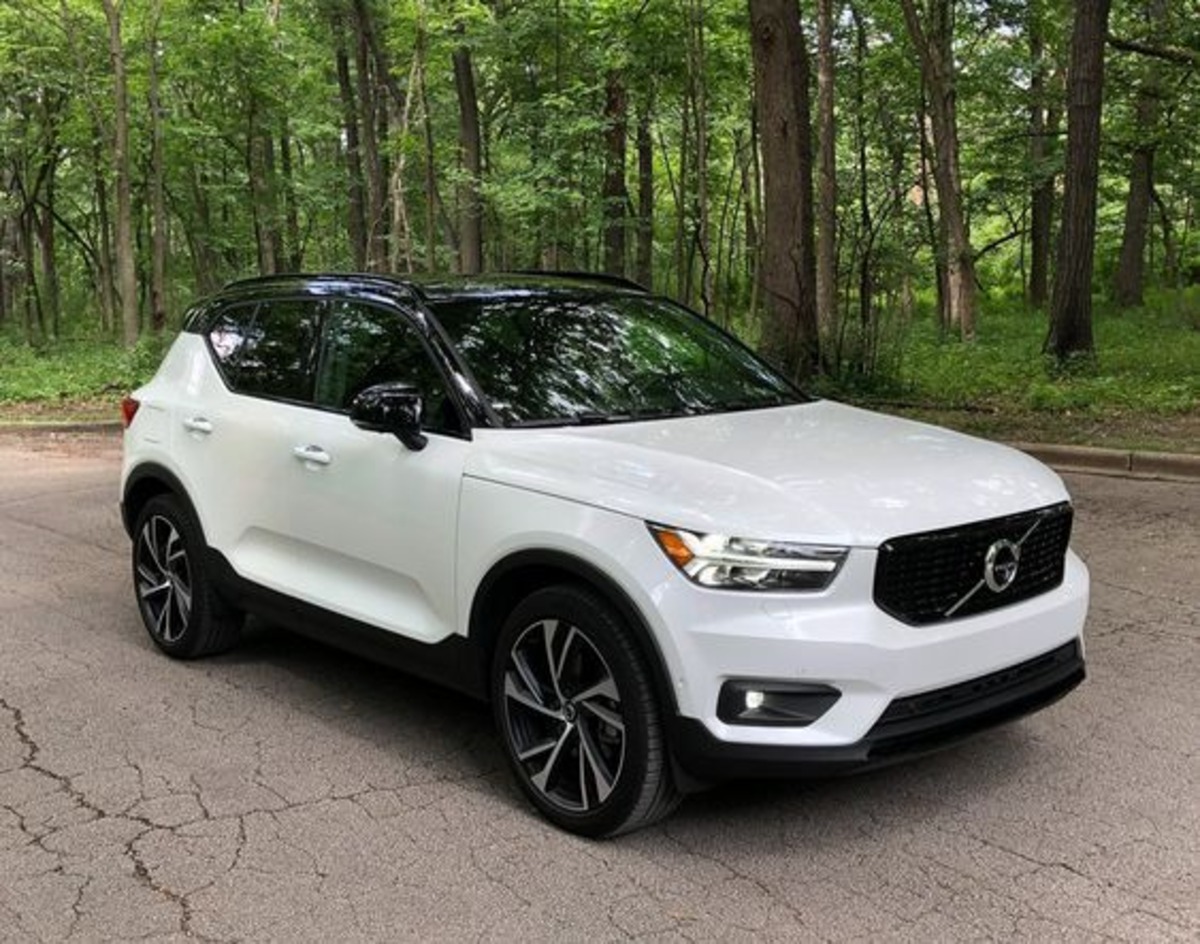
2. Volvo XC40 Recharge
Volvo has built its brand identity around safety for decades, and the fully electric XC40 Recharge carries that legacy into the EV age without compromise.
The XC40 Recharge was awarded a Top Safety Pick+ rating from the IIHS, thanks to its strong crash test performance and robust suite of standard safety features. In frontal crash tests, the cabin remained remarkably intact, with minimal intrusion into the foot well or occupant space.
The dummy readings during simulated collisions indicated low risks of head, chest, and leg injuries. Side-impact and roof-strength tests also returned excellent results, further validating the structural integrity of the design. Volvo’s focus on redundancy and crash management remains apparent in every angle of the XC40 Recharge’s architecture.
The vehicle benefits from Volvo’s innovative “safety cage” design, which combines ultra-high-strength steel with energy-absorbing zones that deform predictably under impact. This cage surrounds the passenger compartment, shielding it from intrusions in severe crashes.
The EV’s floor-mounted battery is protected by a reinforced aluminum housing, helping contain thermal and electrical hazards in the event of an accident.
Volvo also made the battery structure an integral part of the vehicle’s chassis, enhancing torsional stiffness and improving handling stability. Together, these mechanical innovations offer peace of mind that extends beyond theoretical test data to real-world crash survivability.
Volvo’s commitment to safety goes far beyond just passive protection. The XC40 Recharge is packed with standard driver assistance features that provide both convenience and prevention.
Included in its base trim are systems such as lane-keeping assist, rear cross-traffic alert, adaptive cruise control, blind-spot detection, and a collision avoidance system that can recognize pedestrians, cyclists, and large animals.
These systems work together through a central processing unit that coordinates radar, lidar, and camera input to make fast, decisive actions. In emergency scenarios, the vehicle can automatically apply brakes or adjust steering inputs to reduce or avoid a collision, even if the driver does not react in time.
Additionally, Volvo has implemented software protocols that monitor driver attention and fatigue. A forward-facing camera and steering feedback sensors can detect signs of drowsiness or distraction, prompting alerts and even suggesting breaks. This holistic view of road safety acknowledges that driver behavior is often the weak link in crash prevention.
The XC40 Recharge is also subject to over-the-air updates, allowing Volvo to refine safety functions and respond quickly to new threats or discovered flaws.
Taken as a whole, the XC40 Recharge represents a comprehensive safety package that integrates time-tested engineering with modern AI-supported systems, providing one of the most secure electric driving experiences on the market.
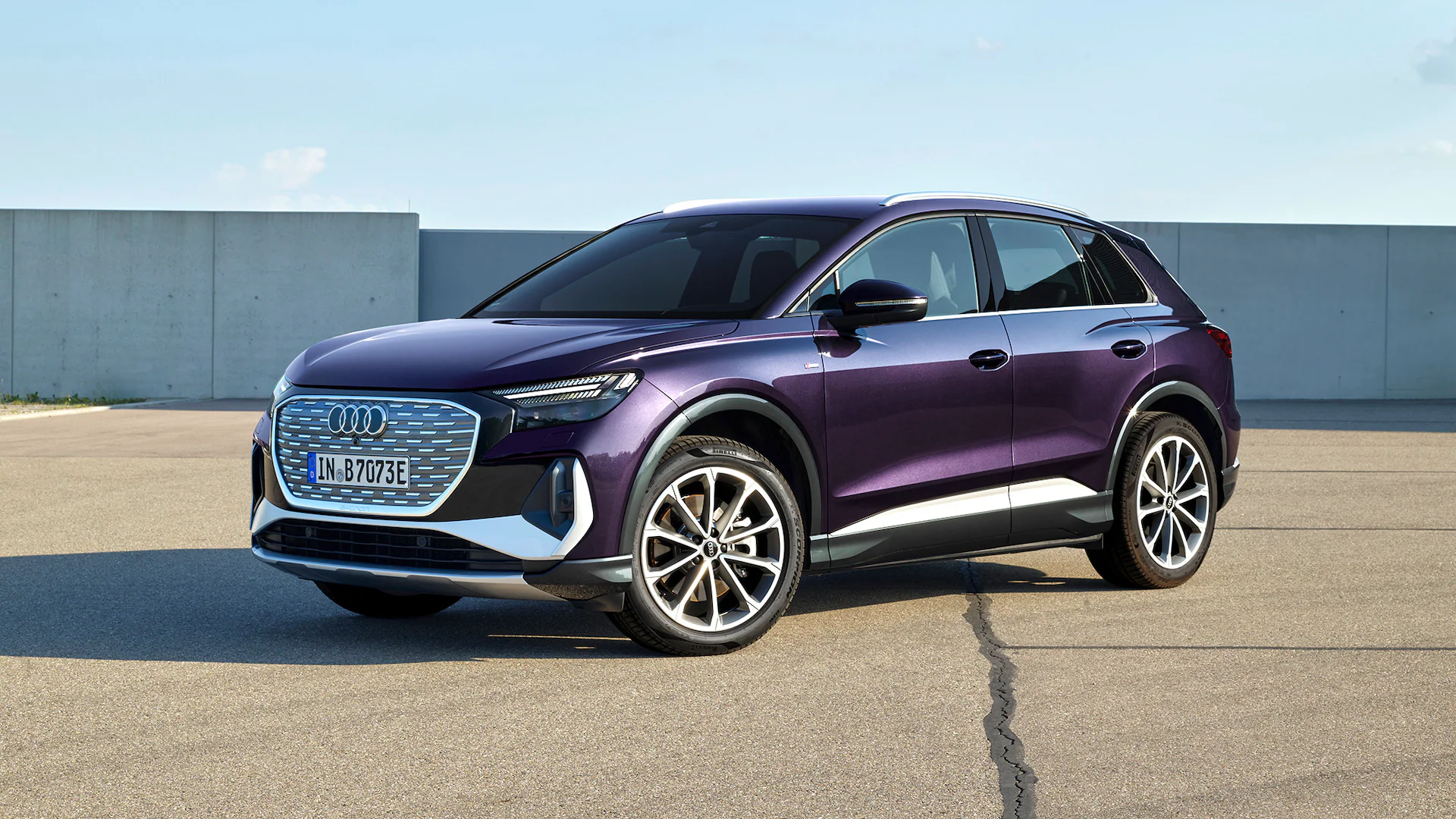
3. Audi Q4 e-tron
Audi’s Q4 e-tron brings the German automaker’s reputation for engineering excellence into the realm of compact electric SUVs, and safety remains a core strength of this model.
In crash testing scenarios, both European NCAP and U.S.-based IIHS agencies have noted the Q4 e-tron’s strong structural performance and its ability to maintain cabin integrity during moderate and severe crashes.
Its performance in the side-impact and roof-strength categories stands out, offering high levels of protection for both the driver and rear passengers. Audi’s use of the Volkswagen Group’s MEB platform, which is designed exclusively for EVs, allows the Q4 e-tron to benefit from a reinforced understructure and predictable deformation zones.
The battery is housed in a rigid casing within the vehicle’s lower frame, not only improving the center of gravity but also offering a degree of crash protection that is otherwise difficult to achieve in internal combustion vehicles.
Audi’s engineers have employed multi-phase steel and aluminum elements to maintain both rigidity and weight distribution, enabling responsive steering and predictable road behavior, even under emergency conditions.
Moreover, impact crumple zones at the front and rear have been optimized to absorb and redirect energy away from occupants. These mechanical traits provide a first layer of safety before any of the software-based systems are engaged.
On the active safety front, the Q4 e-tron is equipped with a wide array of features, many of which are standard across trims. These include automatic emergency braking, adaptive cruise control, lane centering, traffic sign recognition, and parking sensors with 360-degree cameras.
The “Pre Sense” system, a signature Audi safety package, can prepare the vehicle for imminent collisions by tightening seatbelts, closing windows, and pre-charging the brakes for faster response.
The vehicle’s radar and camera fusion system enables it to detect potential hazards early, even in poor visibility conditions. These systems work harmoniously to reduce the likelihood of accidents and mitigate the severity of unavoidable impacts.
Driver experience is also enhanced by digital support systems that gently reinforce safe behavior. For example, the Q4 e-tron includes driver monitoring alerts and configurable warnings if the vehicle detects lane wandering or sudden deceleration without an external cause. Its cabin layout encourages driver focus, with minimal distraction from screen clutter or physical controls.
Voice-activated functions further reduce the need for drivers to take their hands off the wheel. These considerations, while subtle, contribute significantly to safety in daily driving. The Q4 e-tron thus succeeds in blending Audi’s legacy of high safety standards with the requirements of modern electric transportation.
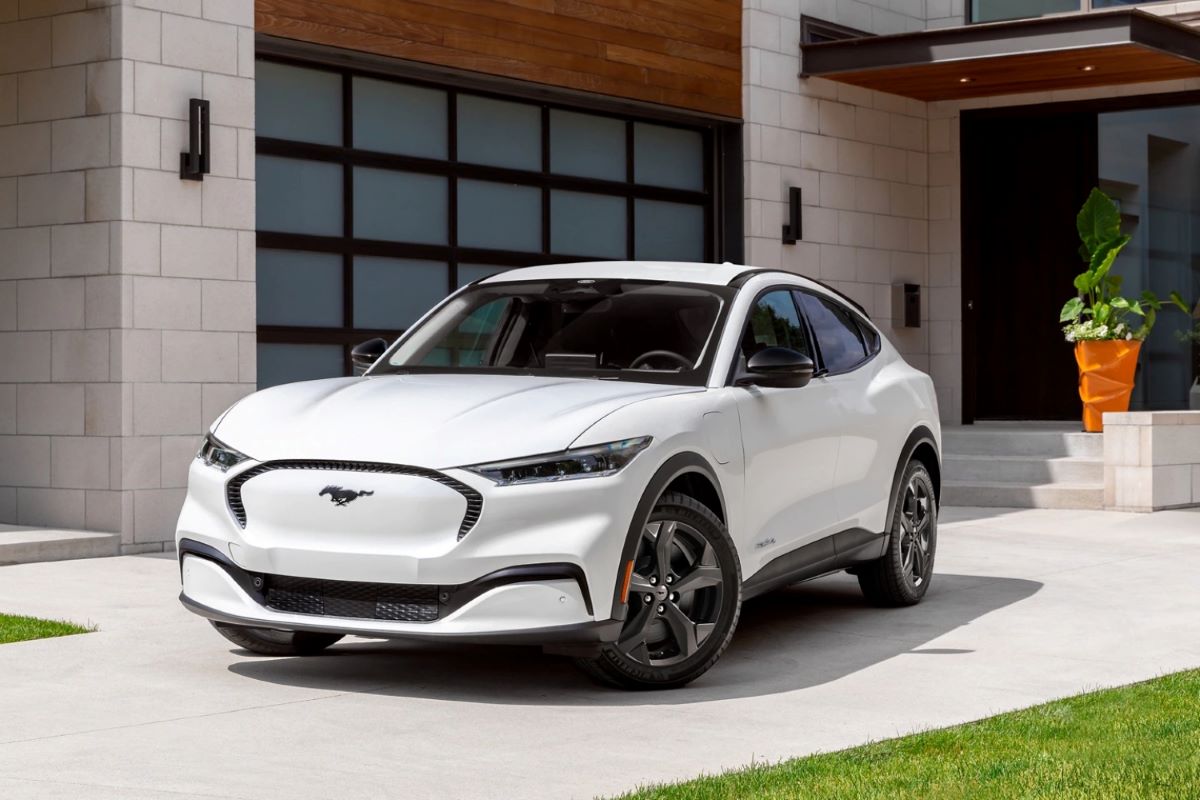
3. Ford Mustang Mach-E
The Ford Mustang Mach-E is another electric SUV that has received high marks for safety, with both the NHTSA and IIHS recognizing its performance in various categories. It earned a five-star safety rating from the NHTSA and a Top Safety Pick award from the IIHS when equipped with specific headlights.
The Mach-E’s body construction makes use of boron steel in key structural points and includes crumple zones designed to manage kinetic energy in both front and rear collisions.
Ford engineers reworked the traditional crossover platform to accommodate the battery safely and to improve crash survivability, creating a new EV architecture specifically for the Mach-E that prioritizes occupant protection.
On the active safety side, the Mach-E includes Ford’s Co-Pilot360 driver assistance system as standard. Features include automatic emergency braking with pedestrian detection, lane-keeping assist, blind spot monitoring, and post-collision braking. The system also includes intersection assist, which helps the vehicle anticipate cross-traffic threats while turning.
These tools are enhanced by multiple forward-facing cameras and sensors that provide 360-degree situational awareness. Unlike some competitors, Ford’s system allows for a relatively seamless transition between human and system control, making it easier for drivers to maintain focus and respond to emergencies.
Internally, the Mustang Mach-E’s cabin has been designed with safety and occupant comfort in mind. The front seats are designed to manage whiplash in rear-end collisions, and both rows feature seatbelt pre-tensioners and load limiters. The vehicle is also equipped with a suite of airbags, including a knee airbag for the driver and side-impact airbags embedded in the seat bolsters.
The floor-mounted battery is surrounded by a reinforced structure and protected by a steel plate to shield it from punctures and road debris. These safety designs have helped the Mach-E maintain strong performance even in small overlap and pole-impact tests, where many vehicles struggle to maintain cabin integrity.
Public response to the Mach-E’s safety has been positive, with drivers praising its solid handling and sense of control in poor weather conditions. Independent accident reports show that the vehicle’s stability control and emergency systems activate quickly and predictably.
Additionally, Ford provides over-the-air updates for safety-related software, ensuring that issues can be addressed without the need for in-person service visits. As a new-generation EV from a traditional automaker, the Mustang Mach-E serves as a strong example of how conventional safety practices can successfully transition into the electric era.
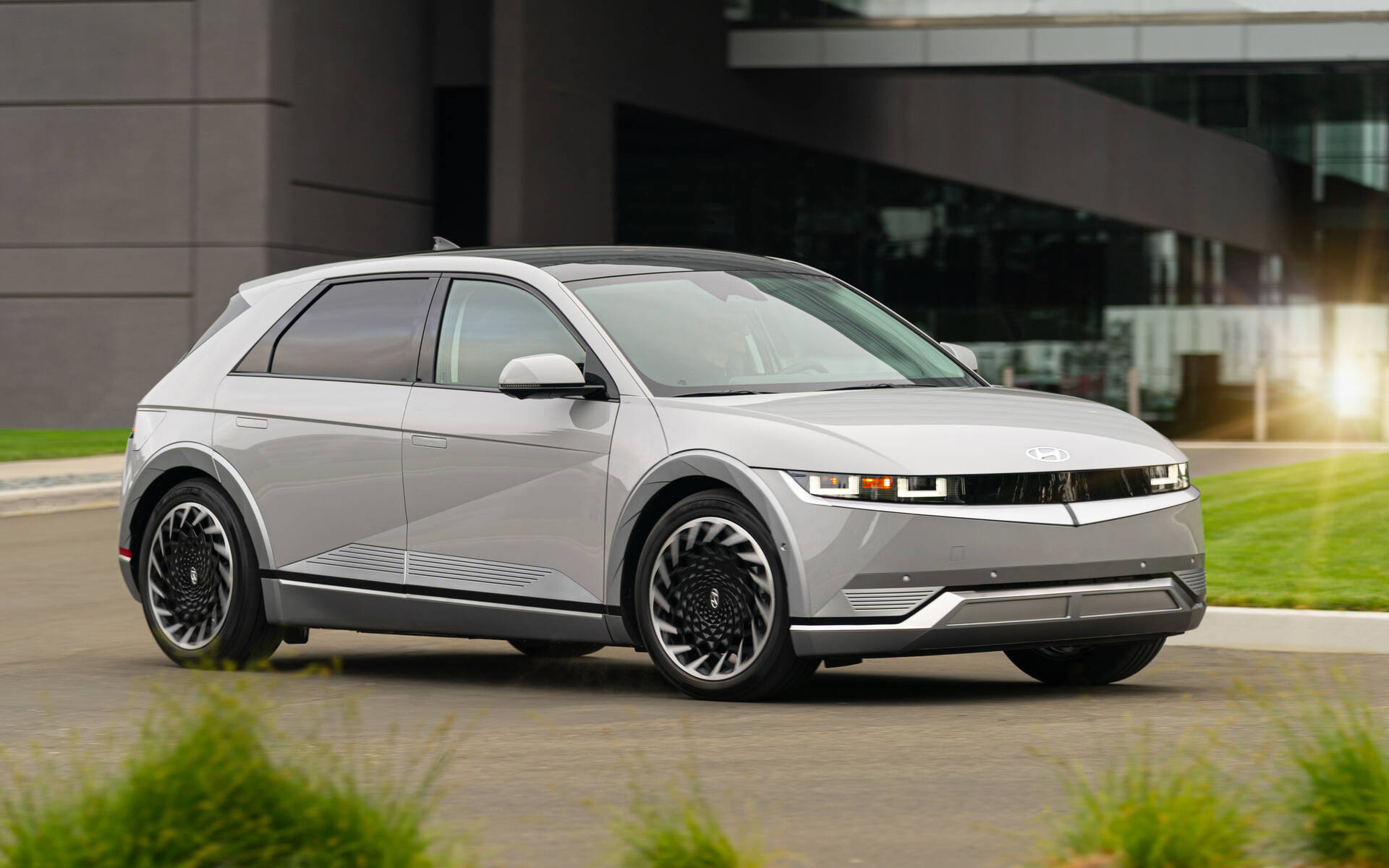
4. Hyundai Ioniq 5
The Hyundai Ioniq 5 has received strong safety ratings from both major U.S. testing organizations, with the IIHS naming it a Top Safety Pick+ and the NHTSA awarding it five stars. The Ioniq 5 rides on Hyundai’s E-GMP platform, which was developed from the ground up to accommodate electric powertrains and meet stringent global safety standards.
The vehicle’s frame integrates ultra-high-strength steel and features reinforced side-impact structures designed to deflect crash energy away from the passenger compartment. This platform also includes a low center of gravity, reducing rollover risk and enhancing stability during emergency maneuvers or sudden lane changes.
Hyundai includes a full suite of safety technologies under its “SmartSense” banner. These systems include forward collision-avoidance assist, lane keeping and lane following assist, high-beam assist, blind-spot collision avoidance, and rear cross-traffic alert.
The Ioniq 5 also offers Highway Driving Assist II, which adds semi-autonomous functionality including lane centering and adaptive cruise control with automatic lane changes.
These features work together to provide a comprehensive safety net that can intervene when a driver is distracted or overwhelmed. Hyundai’s safety tech has received positive feedback for its responsiveness and clarity in alerts, reducing false positives while remaining highly sensitive to genuine threats.
Inside the cabin, the Ioniq 5 features a minimalist but safety-conscious interior design. All seating positions include three-point seat belts with pre-tensioners and adjustable head restraints. Front passengers benefit from multiple airbags, including a center airbag designed to reduce head injuries during side impacts.
The structure of the seats and the surrounding frame helps maintain space and prevent intrusions during collisions.
Additionally, Hyundai placed the battery pack within a reinforced section of the chassis, surrounded by a firewall and thermal barriers to prevent overheating or fire during a crash. These design choices reflect Hyundai’s focus on creating a balanced safety profile that includes both prevention and protection.
In real-world usage, the Ioniq 5 has proven reliable and confidence-inspiring in difficult driving conditions. Owners report that the vehicle’s stability control and emergency braking systems engage intuitively, providing reassurance during high-speed highway travel and city traffic alike.
Crash incident data is still limited due to the model’s relatively recent release, but insurance metrics so far suggest a lower-than-average injury claim rate.
Hyundai has committed to continuous improvement through software updates and recalls when needed, helping to maintain high safety performance throughout the vehicle’s lifecycle. The Ioniq 5 stands out as a well-rounded electric crossover that meets modern safety expectations without compromise.
EVs With Early Safety Recalls
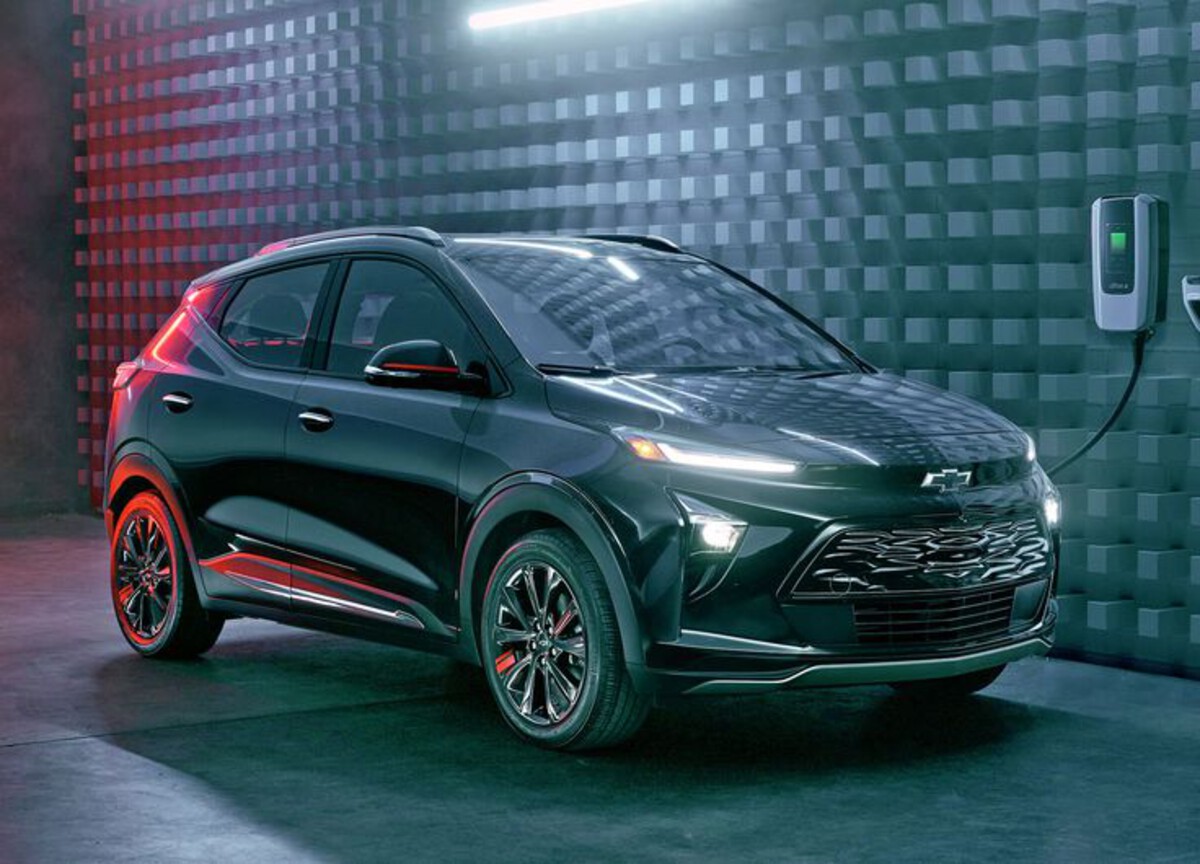
1. Chevrolet Bolt EV
The Chevrolet Bolt EV is one of the most well-known examples of an electric vehicle experiencing serious safety-related recalls, particularly concerning its battery system. General Motors issued multiple recalls for the Bolt due to a defect in the battery packs supplied by LG Chem.
The core problem was related to two simultaneous manufacturing defects a torn anode tab and a folded separator that, when present in the same cell, could cause thermal runaway and lead to a battery fire.
These issues came to light after several Bolt vehicles spontaneously caught fire while parked, prompting an initial recall of a small batch that quickly expanded to include nearly every Bolt manufactured between 2017 and 2022.
The situation became more concerning when several of the repaired vehicles experienced similar fire incidents, even after receiving the software update that was supposed to monitor cell behavior more closely. This forced GM to suspend production of the Bolt and instruct owners not to charge their cars indoors or park them in garages.
The company also recommended limiting the state of charge to 90% and avoiding full depletion to prevent triggering battery instability.
These workarounds served as temporary solutions while GM and LG worked on redesigning the battery modules entirely. The recall required GM to replace all battery modules in affected vehicles, a labor-intensive and costly process.
In addition to the technical issues, the Bolt recall raised questions about quality control and supplier oversight in EV manufacturing. While GM had extensive experience building vehicles, it was relying on a third-party battery supplier to produce a highly specialized and dangerous component.
The failure to detect flaws in the early stages of cell manufacturing led to an erosion of consumer trust and a major financial setback.
GM eventually committed to covering the entire cost of the recall, which ran into the billions of dollars, and implemented tighter quality checks for future electric models like the Equinox EV and Silverado EV. This incident exposed how a single supplier-side error could trigger system-wide safety failures.
The public response was a mix of concern and disappointment. Many early adopters of the Bolt had chosen the vehicle for its affordability and practicality, and the battery recall undermined their sense of reliability.
Even though the fix eventually restored consumer confidence in many cases, the long wait times and lack of immediate replacement vehicles created friction.
GM’s communication strategy, which was initially reactive rather than proactive, also drew criticism. Though the company recovered its reputation with later models, the Bolt’s safety recalls remain one of the most significant cautionary tales in the EV industry.
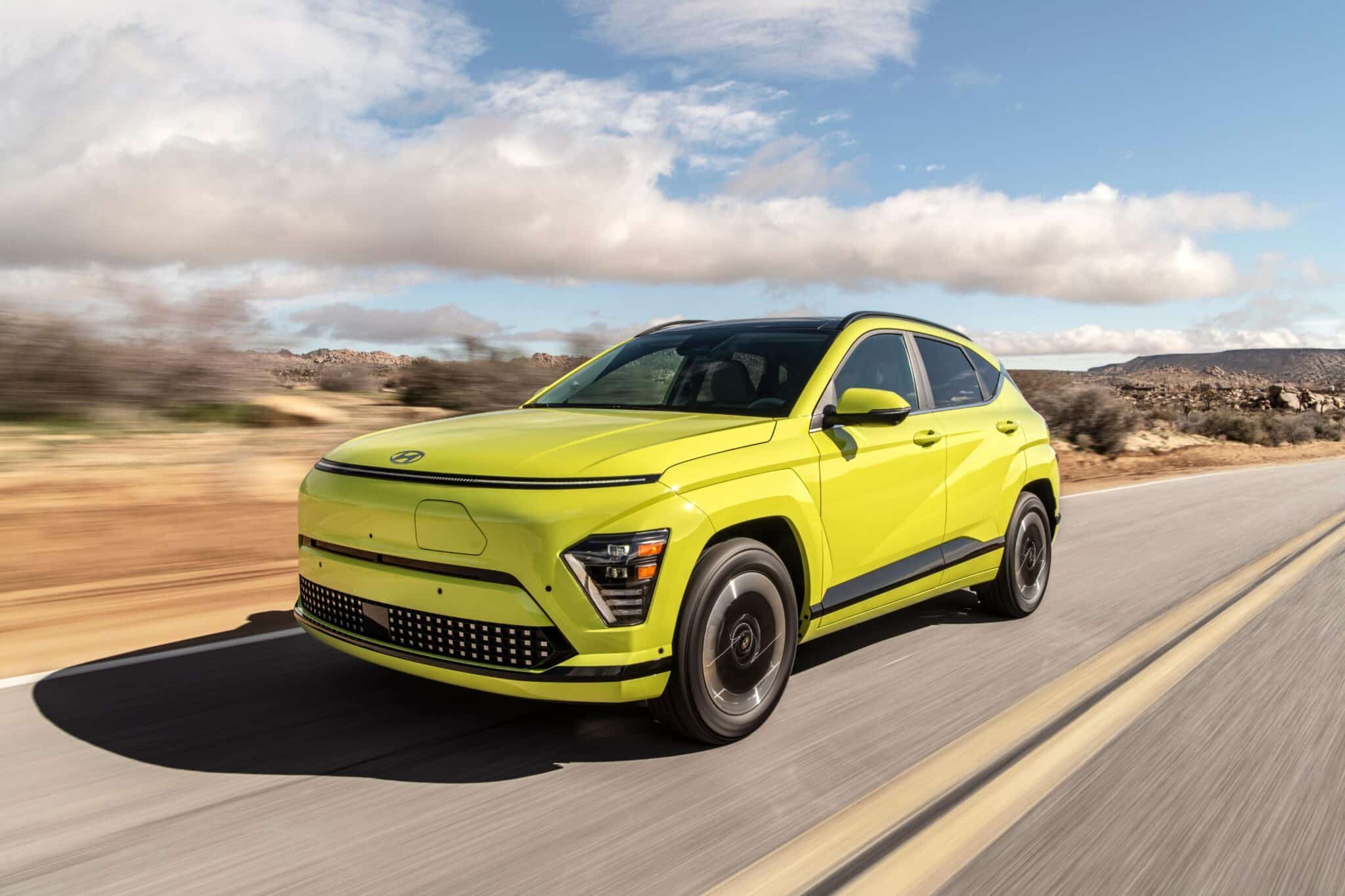
2. Hyundai Kona Electric
The Hyundai Kona Electric was another high-profile EV to be affected by battery fire risks, leading to a series of recalls that spanned several countries. The problem was traced to battery cells manufactured by LG Energy Solution at a specific facility in China.
Similar to the Bolt, the risk involved internal battery defects that could cause thermal runaway, leading to fires even when the vehicle was not in operation.
The recall affected tens of thousands of vehicles globally and forced Hyundai to initiate a complete battery replacement campaign, which included both battery modules and full packs in some cases. These incidents damaged the model’s reputation at a time when it was gaining popularity as a compact, efficient electric crossover.
Early signs of trouble came from a series of parked Kona Electric vehicles catching fire in various locations, including South Korea, Canada, and Europe. Hyundai initially responded with a software update designed to increase the sensitivity of the battery management system (BMS), aiming to detect anomalies before they escalated.
However, after subsequent fire incidents occurred even in vehicles that had received the update, it became clear that the issue was not entirely software-related. The root cause was traced back to mechanical defects within the battery cells, prompting Hyundai to take the more drastic measure of issuing a global recall.
Hyundai’s approach to the recall was thorough but not without challenges. Battery replacements for affected vehicles took time due to limited supply and the complexity of sourcing new packs that were guaranteed to be free of defects. Hyundai worked closely with LG to resolve the issue and eventually secured reimbursement from the supplier for part of the cost.
As the recall continued, Hyundai revised its testing protocols and implemented stricter inspection standards for incoming battery shipments. Additionally, newer models like the Ioniq 5 and Ioniq 6 were developed using different battery chemistries and tighter quality assurance measures to prevent a recurrence of such large-scale safety issues.
From a consumer perspective, the Kona Electric recall highlighted the volatility of new technology platforms. Many owners expressed frustration not only with the safety risk but also with the lack of loaner vehicles and the uncertainty around the long-term health of their cars.
While Hyundai maintained transparency throughout the process, the brand had to work hard to rebuild confidence. Some customers chose to trade in their vehicles after the recall, while others remained loyal, encouraged by Hyundai’s long battery warranty and prompt support. Even so, the Kona Electric’s early fire-related recall remains a significant mark in its otherwise strong launch story.

3. Porsche Taycan
The Porsche Taycan faced early recalls related not to battery fires, but to a critical powertrain issue that led to sudden loss of propulsion. In mid-2021, Porsche issued a recall for the Taycan after reports that the vehicle could completely lose power while in motion, due to a software glitch in the power inverter system.
This condition did not come with prior warning to the driver, creating a potentially hazardous situation, especially at highway speeds.
The issue affected both the Taycan and its Cross Turismo variant, totaling over 40,000 vehicles worldwide. The recall was particularly sensitive for Porsche, as the Taycan was the brand’s first all-electric vehicle and a significant investment in its transition toward electrification.
The specific problem involved communication faults between the power inverter and the control software, which could trigger a reset of the power electronics and shut off motor output. In affected vehicles, the car would simply coast to a stop without propulsion, although power steering and braking remained functional.
While there were no injuries reported at the time of the recall, the potential for a dangerous situation led Porsche to act quickly. The company issued a software update to address the logic responsible for the error and installed it via dealers and some remote diagnostic tools.
Unlike battery recalls, which often require hardware replacement, this issue could be resolved with a relatively simple patch.
Despite the relative ease of fixing the software issue, the impact on customer confidence was noticeable. Early adopters of the Taycan had expected high standards of performance and reliability from a brand like Porsche. Reports of sudden loss of power in a vehicle that cost over six figures were concerning for both buyers and reviewers.
Additionally, Porsche faced pressure from regulators in several countries, including Germany’s Federal Motor Transport Authority, to ensure that the fix fully addressed the underlying cause. While Porsche handled the recall with transparency and speed, the problem underscored the importance of extensive software testing in EV systems.
Porsche has since taken measures to enhance quality control in its EV platforms. The Taycan received several updates post-recall that improved energy efficiency, software stability, and driver assistance performance. Owners were invited to receive updates during scheduled service appointments or via over-the-air delivery where possible.
While the incident did not involve the kind of physical danger seen in fire-related recalls, it illustrated how software malfunctions in EVs can be just as critical to safety. The Taycan’s recall serves as a reminder that digital reliability is now equally important as mechanical durability in modern electric vehicles.

4. Rivian R1T and R1S
Rivian was commended for catching the problem early and handling the recall without delay. On the other hand, some owners were understandably concerned that such a basic mechanical flaw made it past final inspection.
For a vehicle priced well above $70,000, expectations were high, and the idea that essential components related to steering could fail left some questioning the company’s readiness for mass production.
The limited number of service centers in early markets further complicated things, especially for owners in rural areas. While the actual fix was relatively quick, arranging appointments took time due to the company’s still-growing support infrastructure.
This situation highlighted the unique risks faced by startup automakers entering the EV space. Unlike legacy manufacturers with decades of experience and large dealer networks, Rivian had to learn many lessons quickly, and in public view.
While the issue itself was mechanical and not related to battery systems or software, it pointed to the importance of manufacturing discipline in every area of vehicle assembly.
Rivian responded by revisiting its supplier audit processes and adding additional torque validation steps to its quality control workflow. They also hired more field service technicians to handle future recalls or service campaigns more efficiently.
In the long term, the incident is unlikely to derail Rivian’s prospects, but it serves as a reminder that entering the vehicle manufacturing business is an extremely complex challenge. Even seemingly minor errors such as incorrect torque specifications can become major safety concerns if not addressed early.
Rivian’s open communication helped limit reputational damage, and the brand retained a loyal core following thanks to its transparency and quick mobilization of support. However, in an industry where safety is non-negotiable, such missteps however well-intentioned or quickly corrected highlight the steep learning curve for any new automaker.
Looking ahead, Rivian is applying the lessons learned from the recall to the development of its next models and future iterations of the R1T and R1S. The company has invested heavily in its own manufacturing equipment and introduced tighter control standards for every step of the vehicle assembly line.
Customers and analysts will continue to watch Rivian closely to see whether these adjustments lead to stronger reliability metrics. While this early recall wasn’t catastrophic, it marked a critical moment in the company’s early history and set the tone for how it would handle responsibility and build trust.
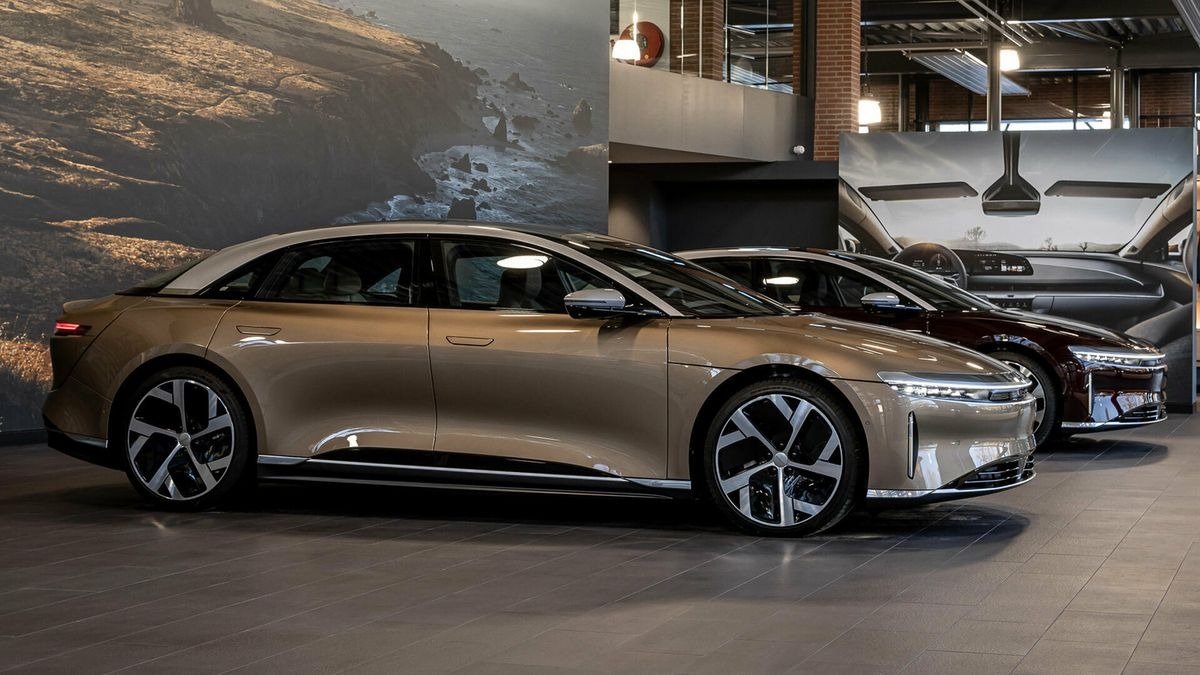
5. Lucid Air
The Lucid Air, one of the most highly anticipated luxury EVs in recent years, entered the market with impressive performance specs and innovative design. However, it also faced several early recalls that raised safety concerns, particularly because they involved core systems such as the suspension and electrical hardware.
One of the earliest recalls affected a batch of vehicles due to improperly installed front strut dampers, which could separate from the vehicle if the attachment nuts were not properly torqued.
This issue had the potential to severely impair steering and vehicle stability, especially at higher speeds. Given the performance-oriented nature of the Lucid Air, the risk was not just theoretical it could compromise both handling and safety under stress.
The strut issue was discovered in early quality assurance audits and affected fewer than 300 vehicles, but the implications were serious enough to warrant an immediate recall.
Lucid instructed owners to stop driving affected vehicles until they could be inspected and repaired. In a separate incident, Lucid issued a recall for an electrical fault involving the high-voltage contactor in the main battery pack, which could cause the vehicle to suddenly lose power.
This was particularly alarming for a sedan that markets itself around luxury and performance. The company traced the problem to a supplier error that allowed a small number of defective components to pass final inspection.
Lucid’s handling of the recalls demonstrated both strengths and weaknesses of a new, highly specialized manufacturer.
On one hand, they acted quickly to communicate with owners and schedule necessary repairs, using mobile service teams to reduce inconvenience. On the other hand, the small scale of the company’s service infrastructure meant that even a relatively minor recall had an outsized impact on customers’ perception of reliability.
Many early buyers of the Air were enthusiasts and technology-forward adopters who expected a premium ownership experience. Having to deal with safety-related repairs so soon after delivery undercut some of the confidence they had in Lucid’s engineering depth and production standards.
Long term, Lucid has used these early challenges to refine its quality control pipeline and broaden its technical audit process. The company has been investing heavily in its Casa Grande, Arizona, manufacturing facility, adding more automated inspection equipment and increasing staff for quality assurance teams.
The recalls also prompted Lucid to accelerate plans for expanded service centers and mobile technician deployment. While the Air remains a cutting-edge EV in terms of performance and interior technology, the early recalls showed that even the most innovative designs must be backed by meticulous execution.
For Lucid, these incidents were a valuable if costly lesson in scaling a luxury electric vehicle without sacrificing the basic reliability and safety that all customers, regardless of budget, expect.

